This article was co-authored by Anthony Stark, EMR and by wikiHow staff writer, Hannah Madden. Anthony Stark is a certified EMR (Emergency Medical Responder) in British Columbia, Canada. With over 11 years of experience, he has worked as an industrial medic and provided urban and rural paramedic services. He currently works for Mountain View Safety Services and previously worked for the British Columbia Ambulance Service. Anthony has a Bachelor of Engineering in Electrical, Electronics, and Communications Engineering from the Georgia Institute of Technology. He has completed the EMP Canada EMT Course and Swiftwater Awareness Training associated with the British Columbia Ambulance Service.
There are 12 references cited in this article, which can be found at the bottom of the page.
wikiHow marks an article as reader-approved once it receives enough positive feedback. This article has 22 testimonials from our readers, earning it our reader-approved status.
This article has been viewed 1,088,857 times.
We’ve all heard that left arm pain is a major sign of a heart attack. But when your left arm is hurting and nothing else is, or it’s been hurting for days at a time now, how do you know if it’s indicating a severe problem or a run-of-the-mill muscle injury? Left arm pain can have many causes, and we’re here to tell you all about them so you can decide whether to call your doctor or not. Rest assured that in most cases, left arm pain isn’t life-threatening, and can be fixed with home care and relaxation.
If you believe you are having a medical emergency, call emergency services right away.
Things You Should Know
- Left arm pain can have serious causes, like a heart attack or stroke.
- However, there are other reasons why your left arm might be hurting, like a pinched nerve, a rotator cuff injury, or even muscle strain.
- Go to your doctor for a diagnosis. They will give you a physical exam and then decide whether to do blood tests or imaging tests.
- The treatment for left arm pain depends on its cause. For minor issues, you can take pain relievers and rest your arm at home.
Steps
Warnings
- If you believe you are having a medical emergency, call emergency services right away.⧼thumbs_response⧽
References
- ↑ https://www.heart.org/en/health-topics/heart-attack/warning-signs-of-a-heart-attack
- ↑ https://www.stroke.org/en/about-stroke/stroke-symptoms
- ↑ https://www.mayoclinic.org/diseases-conditions/angina/symptoms-causes/syc-20369373
- ↑ https://my.clevelandclinic.org/health/diseases/15851-gerd-non-cardiac-chest-pain
- ↑ https://my.clevelandclinic.org/health/symptoms/21971-left-arm-numb
- ↑ https://www.pennmedicine.org/for-patients-and-visitors/patient-information/conditions-treated-a-to-z/shoulder-pain
- ↑ https://orthoinfo.aaos.org/en/diseases--conditions/carpal-tunnel-syndrome/
- ↑ https://www.seattlechildrens.org/conditions/a-z/arm-pain/
- ↑ https://my.clevelandclinic.org/health/symptoms/21971-left-arm-numb
- ↑ https://www.heart.org/en/health-topics/heart-attack/warning-signs-of-a-heart-attack
- ↑ https://www.nhs.uk/common-health-questions/accidents-first-aid-and-treatments/how-do-i-know-if-i-have-broken-a-bone/
- ↑ https://www.seattlechildrens.org/conditions/a-z/arm-pain/
- ↑ https://medlineplus.gov/lab-tests/electrocardiogram/
- ↑ https://www.pennmedicine.org/for-patients-and-visitors/patient-information/conditions-treated-a-to-z/shoulder-pain
- ↑ https://www.pennmedicine.org/for-patients-and-visitors/patient-information/conditions-treated-a-to-z/shoulder-pain
- ↑ https://www.pennmedicine.org/for-patients-and-visitors/patient-information/conditions-treated-a-to-z/shoulder-pain
- ↑ https://www.pennmedicine.org/for-patients-and-visitors/patient-information/conditions-treated-a-to-z/shoulder-pain
- ↑ https://my.clevelandclinic.org/health/diseases/9536-anxiety-disorders
- ↑ https://www.heart.org/en/health-topics/heart-attack/treatment-of-a-heart-attack
About This Article
If you’re not sure if pain in your left arm is heart-related, pay attention to whether you are also feeling pain in your jaw or heaviness in your shoulders, which may be signs of a heart-related problem. You may also be experiencing nausea, dizziness, cold sweats, or shortness of breath, all of which may be signs of a heart attack. If you believe you may be experiencing a heart attack, call for emergency medical assistance immediately. If the pain in your arm only lasts for a few seconds, or if it lasts for several days, it is unlikely to be caused by a heart problem. To learn more about what the cause of your pain might be, keep reading the article!
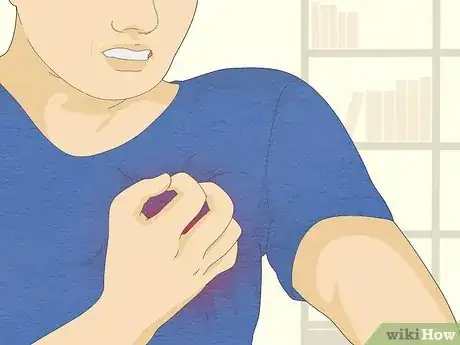
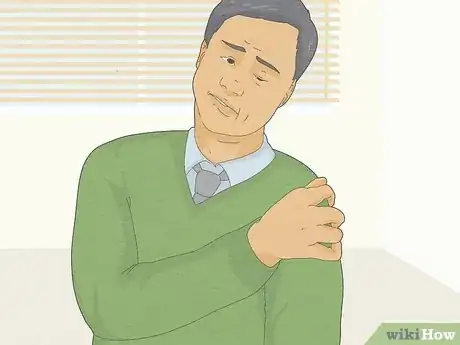

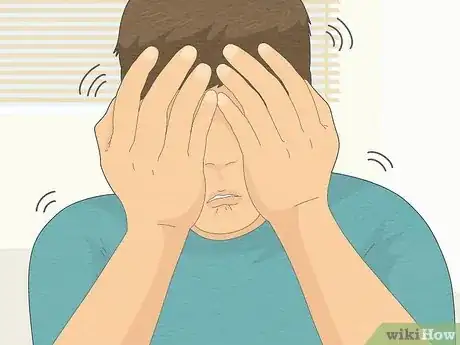
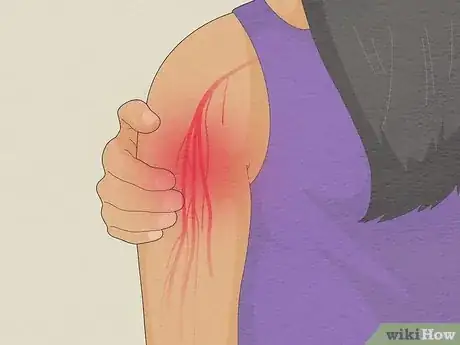
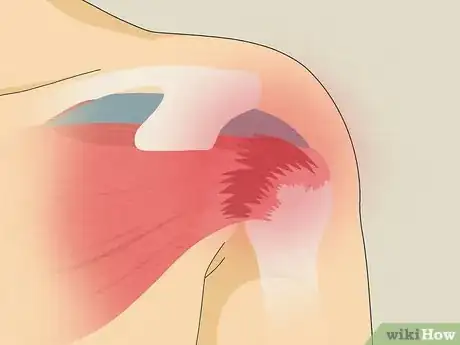
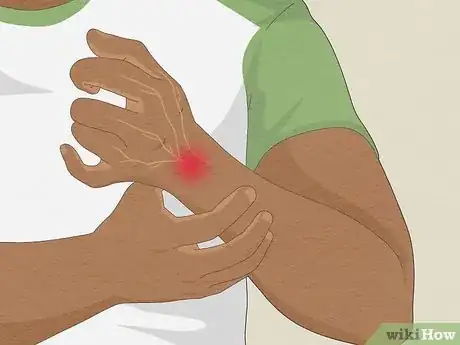
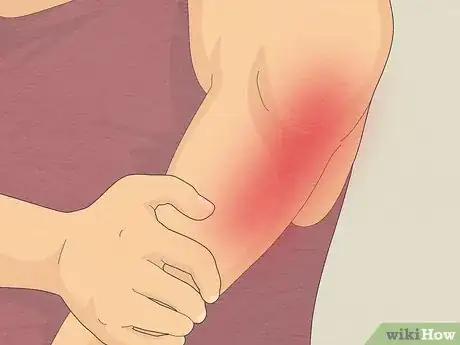
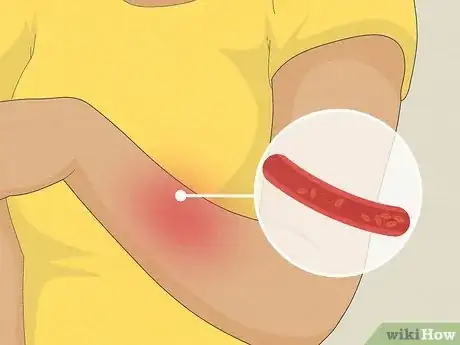
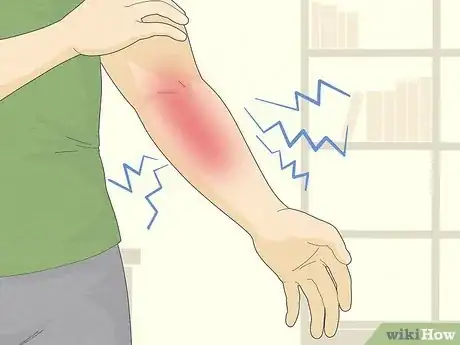
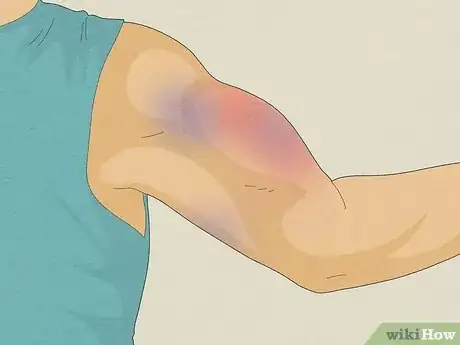

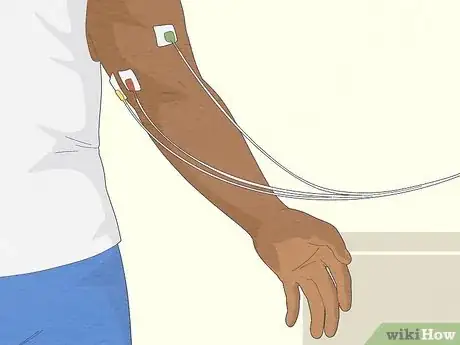



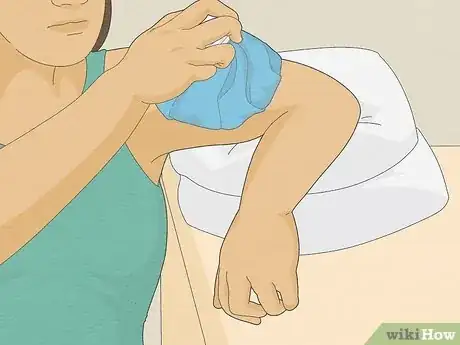



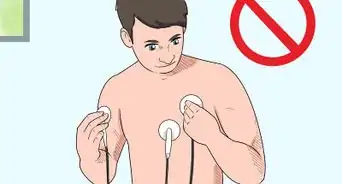
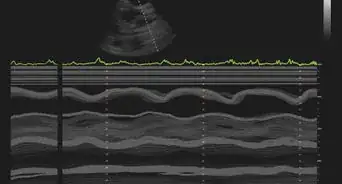




























































Medical Disclaimer
The content of this article is not intended to be a substitute for professional medical advice, examination, diagnosis, or treatment. You should always contact your doctor or other qualified healthcare professional before starting, changing, or stopping any kind of health treatment.
Read More...